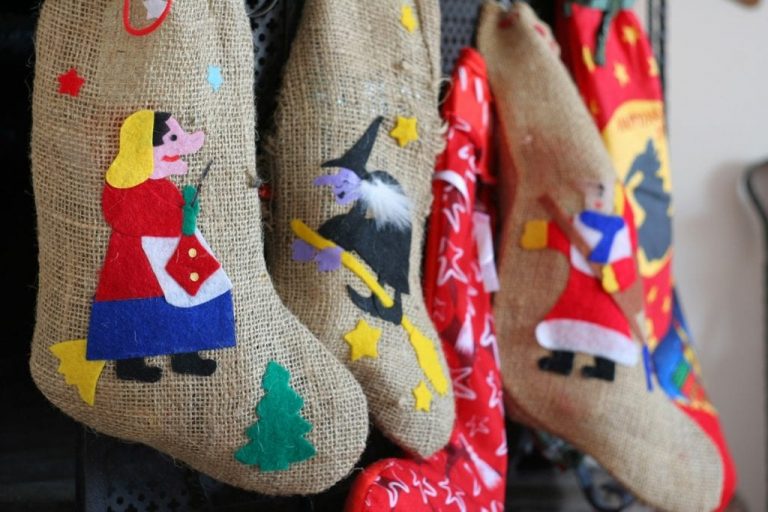Epiphany in Italy: the Befana
In Italy, the 6th of January closes the Italian holiday season, before getting back to the daily routine. It is called Epiphany and it is the feast of the Befana, the old lady on a broom who enters the houses through the chimney on the night of 5 January to bring sweets to well-behaved children and sweet coal to naughty ones. Before the advent of her more famous "colleague" on a sleigh, she was the one who exerted the charm of magic on Italian children. Although Epiphany is also celebrated elsewhere, the legend of the Befana is entirely Italian. And this is one of the few certainties, since many are the different theories about her origins that have sprung up over the years. According to some, she could be linked to the Three Magi, who stopped to ask an elderly lady for directions on the way to Bethlehem, inviting her to join them. The woman refused, repenting immediately afterwards, and to make up for it she began giving sweets to every child she met, hoping to chance upon baby Jesus sooner or later.
The origins of Befana
Another hypothesis maintains that the myth is instead connected to pagan propitiatory rites of the ancient Romans. For twelve nights after the winter solstice, it was believed that female figures flew over the cultivated fields as an auspice of fertility. Then there are those who believe that the Befana is none other than the lunar goddess Diana, protector of hunting and vegetation, but it is very likely that it is rather a symbol of the solar year that has come to an end: the woman is always depicted in her old age, generally dressed in rags, just to indicate the bareness of nature. Her faithful companion is a broom, on which she flies to bring gifts to the little ones, who leave a stocking hanging on the chimney or hood to be filled with sweets.
Traditional sweets
Sweets are now the feast’s main protagonists, but in some areas traditional sweet preparations are still made. In Piedmont, for example, there is fugassa d'la Befana, a kind of brioche bread made with flour, butter, eggs, yeast and candied citrus fruit: a fortune bearing coin is inserted into the dough as a sign of good luck and fertility for those who find it. There are also those who say that two dried broad beans should be added, one white and one black: whoever eats the slice with the white bean will have to pay for the whole focaccia, while whoever finds the dark one will have to treat everyone to wine. Another Epiphany’s speciality are the Tuscan befanini, very popular in the Versilia and Lucca areas. They are simple biscuits used to fill baskets placed on the mantelpiece, instead of the classic Befana stockings. The recipe includes flour, sugar, butter, eggs, yeast, milk, orange peel, a pinch of salt and a small glass of rum, and each biscuit is decorated with sprinkles.


 US tariffs: here are the Italian wines most at risk, from Pinot Grigio to Chianti Classico
US tariffs: here are the Italian wines most at risk, from Pinot Grigio to Chianti Classico "With U.S. tariffs, buffalo mozzarella will cost almost double. We're ruined." The outburst of an Italian chef in Miami
"With U.S. tariffs, buffalo mozzarella will cost almost double. We're ruined." The outburst of an Italian chef in Miami "With US tariffs, extremely high risk for Italian wine: strike deals with buyers immediately to absorb extra costs." UIV’s proposal
"With US tariffs, extremely high risk for Italian wine: strike deals with buyers immediately to absorb extra costs." UIV’s proposal Meloni: "Tariffs? If necessary, there will be consequences. Heavy impact on agri-food sector"
Meloni: "Tariffs? If necessary, there will be consequences. Heavy impact on agri-food sector" The Government honours the greats of Italian cuisine, from Bottura to Pepe. Massari: "Thank you, Meloni, the only one who listened to us"
The Government honours the greats of Italian cuisine, from Bottura to Pepe. Massari: "Thank you, Meloni, the only one who listened to us"







